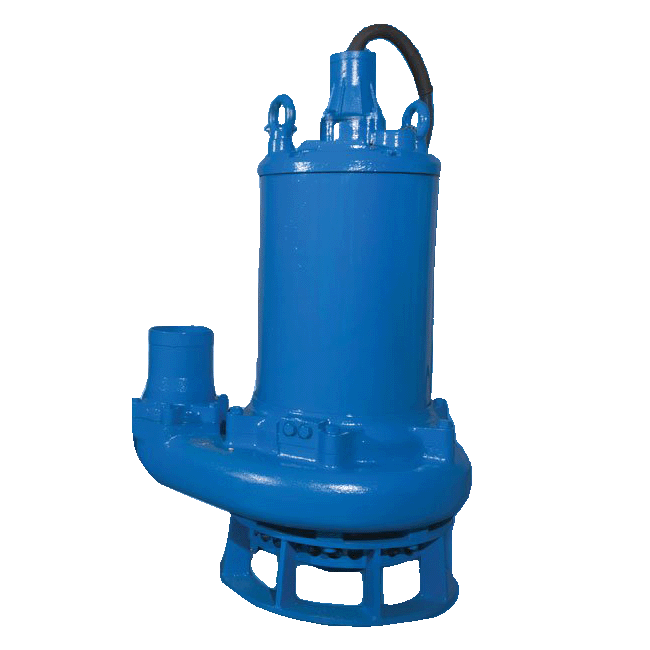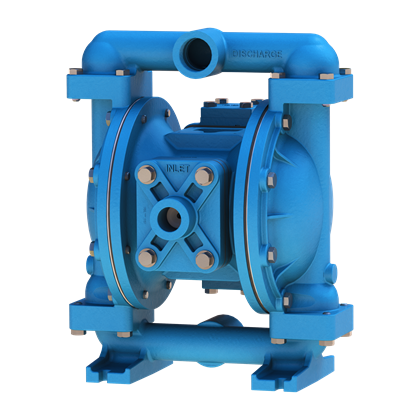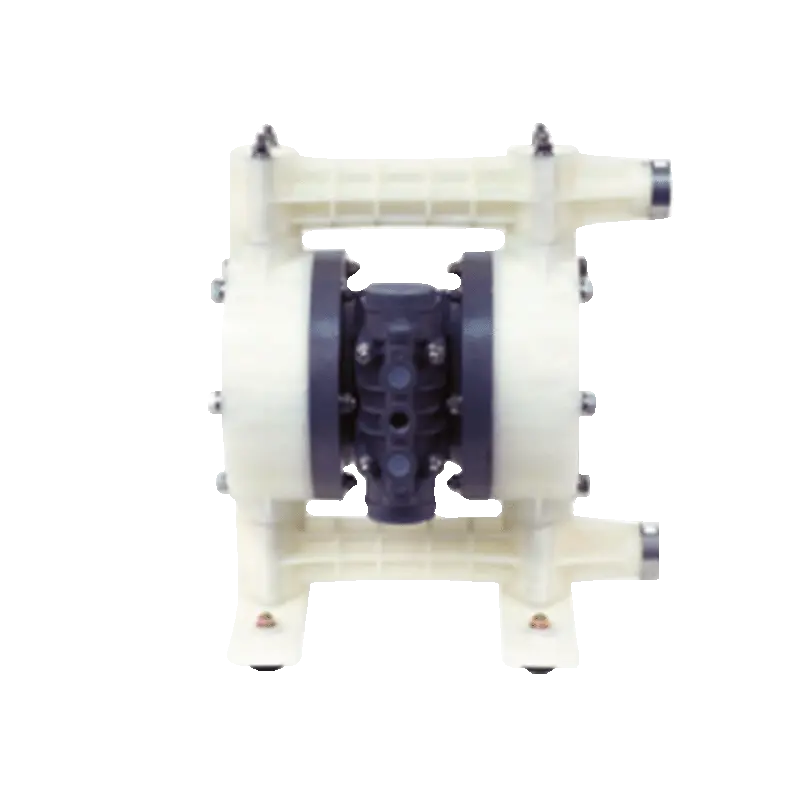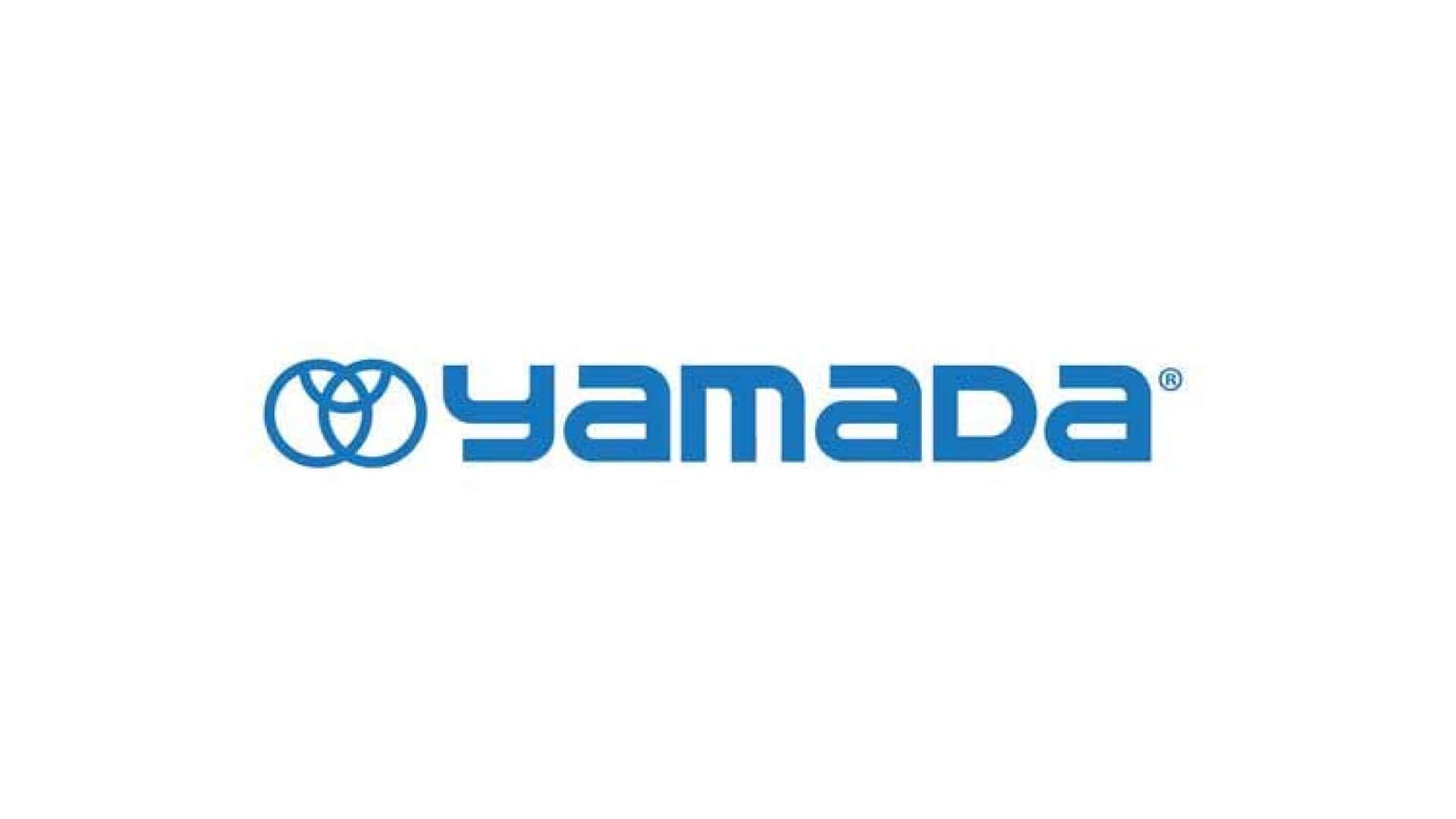Industries / Agriculture / Fertilizer
Drive results with fertilizer-specific system solutions
By harnessing the power of heavy-duty equipment, fertilizer producers are poised to improve productivity, enhance quality, and increase sustainability. One of the equipment’s key advantages is streamlining the production process. These machines ensure precise mixing, controlled granulation, efficient drying, and effective classification, resulting in consistent fertilizer quality and optimal nutrient composition. By achieving optimal production conditions, fertilizer manufacturers can provide agriculturists with high-quality fertilizers that enhance crop health, productivity, and nutritional value.
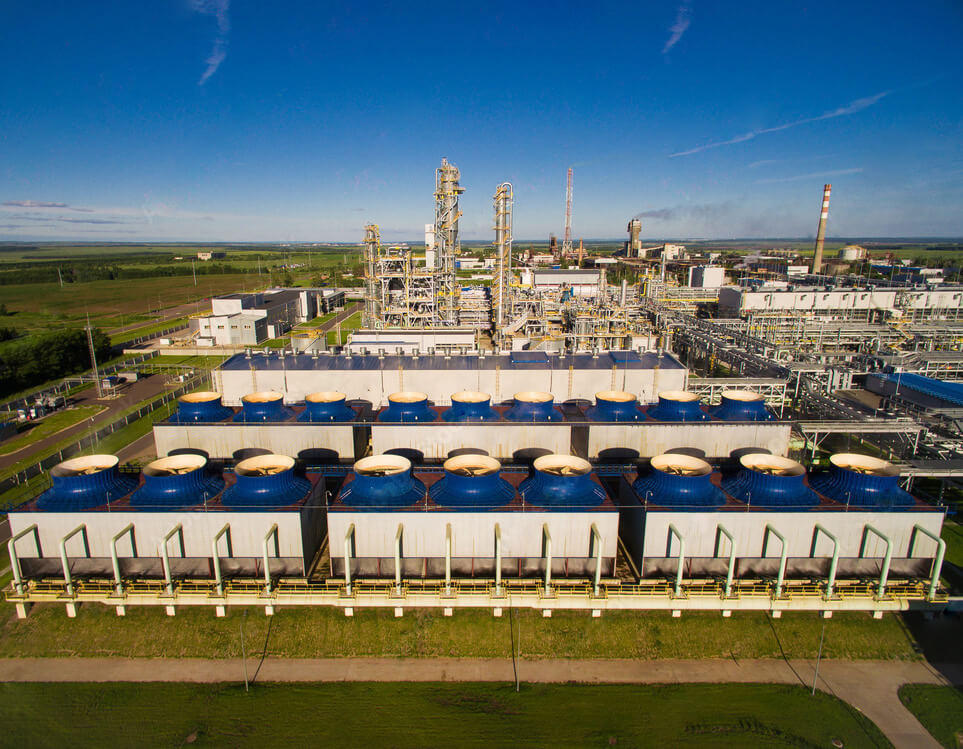
The Manufacturing Process
Create economies of scale across your system
Using the proper equipment in the cannabis sector unlocks efficiencies of scale, enabling large-scale cultivation and processing with consistent quality and precision, increased productivity, streamlined operations, & cost-effectiveness.
Raw Material Preparation
In the early stages of fertilizer production, raw materials need to be prepared. This often involves crushing or grinding equipment, which uses rotating components to break down larger pieces of material into a more manageable size.
Mixing
The raw materials then need to be thoroughly mixed to ensure a consistent product. This is typically accomplished using industrial mixers, which use rotating blades or paddles to combine the materials.
Reaction Processes
Many types of fertilizer are produced through chemical reactions. These reactions often occur in vessels equipped with agitators or other rotating equipment to ensure that the reaction proceeds uniformly.
Granulation
After the desired reactions have taken place, the resulting product is often formed into granules or pellets. This process can involve rotating equipment like drum granulators or pellet mills.
Drying and Cooling
The granules then need to be dried to remove any excess moisture and cooled before they can be packaged. This is often accomplished in rotating drum dryers and coolers.
Screening
Screening equipment, which often includes rotating components, is used to separate the granules by size, ensuring that the final product is uniform.
Packaging
Finally, the fertilizer is packaged for sale. This process can involve various types of rotating machinery, such as filling machines and conveyor systems.
Waste Management
Any waste products from the production process need to be handled appropriately. This can involve the use of pumps or other rotating equipment to move the waste to the appropriate location for treatment or disposal.





